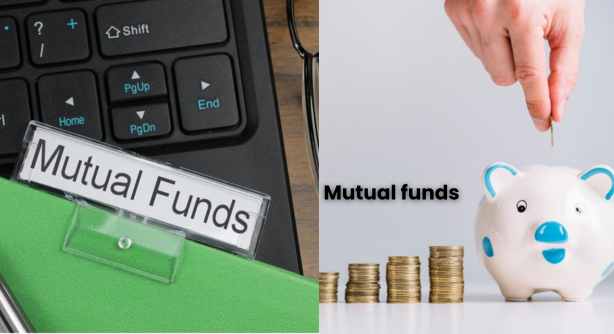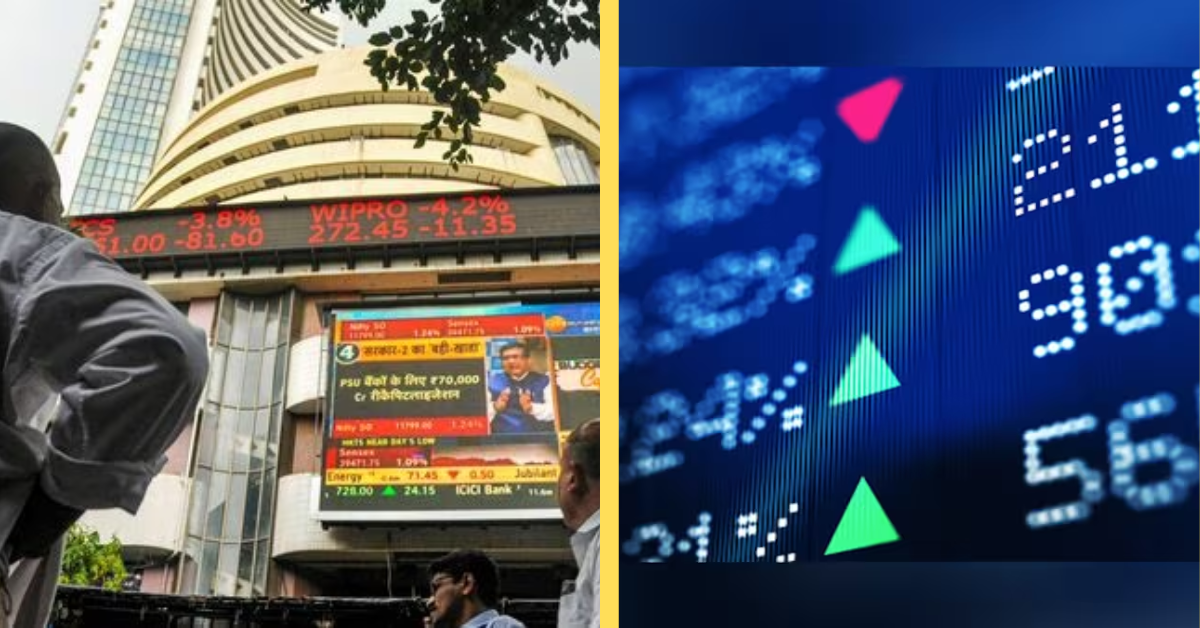This is a progress report on my 19th-June 2008-started mutual fund investing journey. I’ve gone from being a spendthrift to being in debt to being financially independent over the past three decades – mutual funds.
I want to be clear that this is just a personal accomplishment and not some monumental occasion. I am familiar with several individuals who have been active in the stock market for many years. Many of them are unwilling to talk about their journey.
There is a ton of tremendous discovery. You will be thrown to the ground the instant you sound like you have some experience, whether it be in the stock market or in life. The plain fact is that out of a million possible routes to get from point A to point B in ten years, life chose one for me. This does not imply that there are other ways to succeed or fail.
Mutual Funds
Fourteen Years of Mutual Fund Investing: My Journey and Lessons Learned, which was published last year, contains information on how I first got into investing as well as some observations on the growth of my portfolio.
Here, I’d want to quickly update my portfolio and go over the lessons once more (most of them, unexpectedly, are the same as previously).
Update on Retirement Portfolio
The growth of my retirement portfolio as of September 4, 2023, as compared to identical purchases and redemptions in the Nifty 50 TRI index was calculated using Google Sheets’ free Financial Mutual Funds and Stock Portfolio Tracker.
Allocation of assets (roughly)
- Equity 63% (85.7 % in MFs, 14.1 % in stocks).
- Debt 35%
- Cash 2%
Every month, the stock portfolio’s performance is released. 11% is the current XIRR. The equity mutual funds are those. The weight is indicated by the number in brackets, followed by the XIRR. 15.83% is the overall XIRR.
- FlexiCap by Parag Parikh (55.79%) 19.39%
- Balanced HDFC Hybrid (23.03%) 14.70%
- QLTE (14.21%) 12.19%
- Low Volatility for UTI (6.96%) 18.23%
The debt holdings
- Mandatory NPS (6.56%) 8.93%
- Gilt Fund ICICI (19.28%) 5.89%
- PPF 14.99%
- Conservative hybrid fund managed by Parag Parikh (0.37%) 9.57%
See also 13 years of NPS investment.
1: Live a little! Set your goals, make an investment in achieving them, and then leave them alone until it’s time for your annual assessment.
2: Remove any financial contacts or groups from Facebook, Twitter, and WhatsApp. An investor’s capacity for information processing determines who she is, and the easiest way to achieve so is to avoid information. The greatest approach to managing time is to avoid work (or have the ability to say “no”).
3: Invest aggressively or later life will light your behind on fire.
4: If you can, invest money when you perceive a sideways market and your needs are far off. The ideal moment to invest is then.
5: Keep in mind that these profits are hypothetical. You can lose 50% of your holdings in one incident. According to mountaineers, they can ascend a summit “if the mountain permits them.” The markets are the same. Keep in mind that notional losses are actual losses. Gains that are not real are notional. A systematic goal-based risk management approach is crucial.
6: Depending on how much money you have, your perspective on money, profit, and loss may vary. I’ve witnessed changes to my portfolio in 10s of rupees, 100s, and 1000s, respectively. I came to understand along the way that in order to succeed, we must learn to lose or gain thousands every day and hunger for it.
7. Cash is a drug. Therefore, you will eventually have to draw the line. We will remain grounded if we increase our charitable giving at a rate equal to the expansion of our financial assets.





